
views
Packing Your Pencil Case
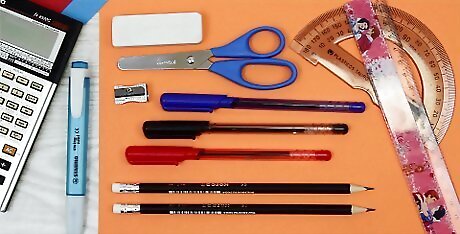
Start with the necessities. Each school year, students are responsible to bring the same types of supplies with them to class everyday. Though certain classes can call for some variety in supplies, downsize what to pack in your pencil case initially to optimize organization. Here are some necessities you could start with: Two lead pencils One red pen, one blue pen, one black pen Sharpener Protractor Scissors (5”) Eraser Glue stick Highlighter Calculator Ruler (doesn't have to be full-sized!)
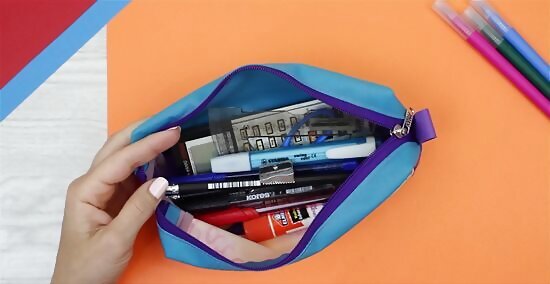
Pack supplies in order of largest to smallest. Put the items that will take up the most room first at the bottom of your case, such as calculators, scissors, or protractors. This will provide a base for your smaller items, such as pencils, pens, or sharpeners.
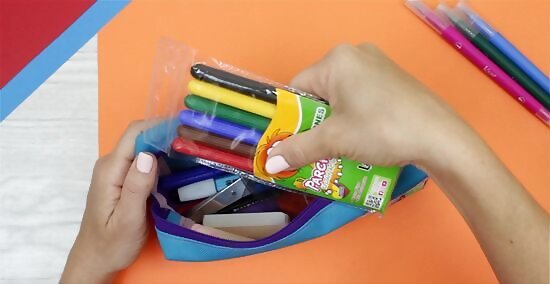
Add or remove supplies when needed. Since you already started with the necessities, adding in supplies based by grade or course should not be too difficult. If you are adding in any loose supplies, keep them contained before packing. Elementary school supply lists usually call for colored pencils, crayons, and magic markers. To save space, choose the colors you use most for each, remove them from their box, and wrap each group together with rubber bands. Middle or high school supply lists may call for post-it notes. Put the post-it notes in a small zip lock bag. This will make sure none of the notes rip off or get bent in the pencil case.
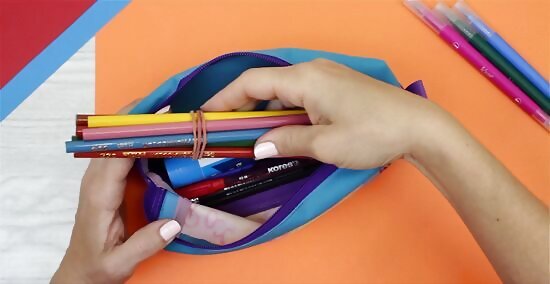
Clean out and repack your pencil case periodically. Every month, clean out your pencil case to make it as accessible as possible throughout the year. As the school year progresses, it’s easy to let all of those pencil shavings and notes take over your case. Instead, throw out what you don’t need and replenish. Get rid of any broken pencils or crayons. Replace dulling highlighters. Replenish glue sticks and erasers
Choosing Your Pencil Case
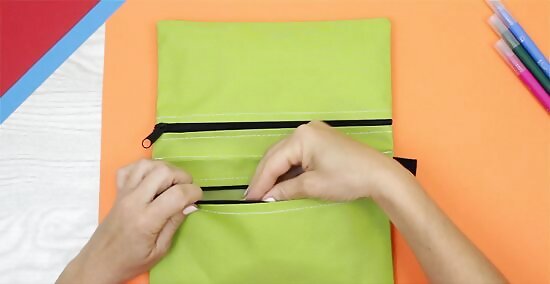
Get a case with compartments. A pencil case with multiple compartments of different size will help you effectively pack your supplies. Try to get a case with stackable layers, in order to fit in as many supplies as needed. Organize each compartment with supplies of the same category and/or size. Put the compass, protractor, and calculator together.
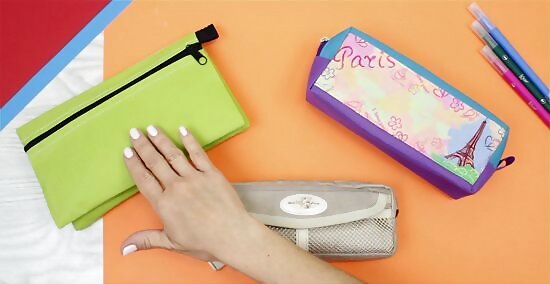
Pick one with a durable fabric. Carrying a pencil case between classes as well as back and forth from home will definitely cause some wear and tear on the fabric. Choose a fabric that will be less likely to rip in between classes, so none of your supplies fall into your backpack or on the floor. Try to get a pencil case made with nylon fabric. Not only is it easier to clean, it is strong enough to stay intact if you fill your pencil case to maximum capacity. Hard plastic pencil cases are durable, but make sure to keep track of how much supplies you try to pack. If you pack too much, you will be less likely to close the case because it has a lid instead of a zipper.
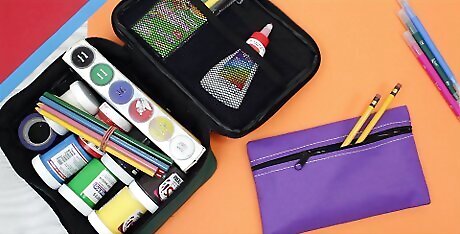
Decide on the size. A medium sized pencil case would be the best size for everyday classes. You may have a class where you may need more room for a ruler or a notepad, so a larger case would be suitable. If after a few months of your school routine, you notice that you are not utilizing many of your supplies, scale down to a smaller pencil case. This will fit in any backpack, and could even be left out on your desk since it wouldn’t take up much space. Some people find it best to only carry the necessities and keep a bigger pencil case in their locker for things that are specific to one class (geometry kit, watercolours, coloured pencils etc.)
















Comments
0 comment